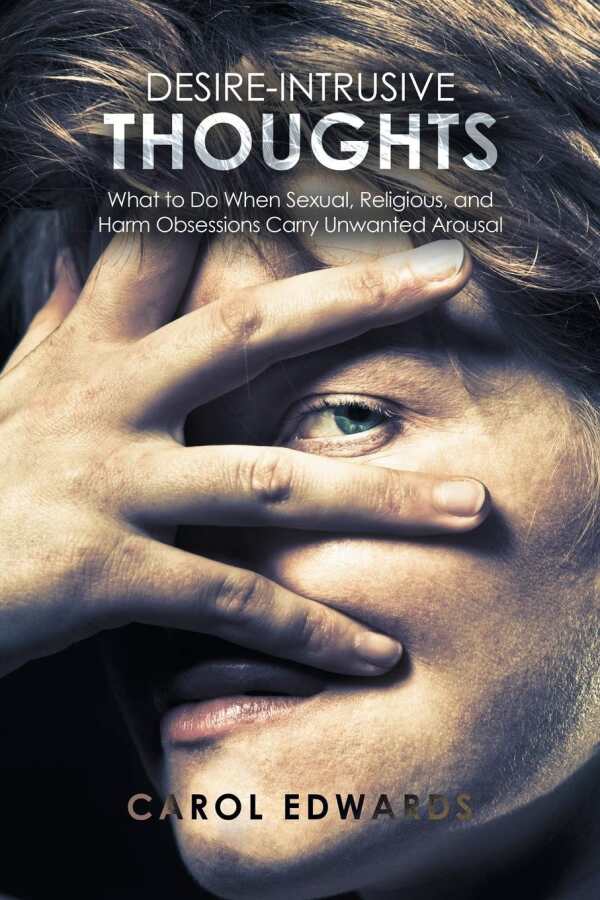
Desire-Intrusive Thoughts
What to Do When Sexual, Religious, and Harm Obsessions Carry Unwanted Arousal
Desire-Intrusive Thoughts draws upon personal experiences with OCD to deliver professional advice about how to help others.
Carol Edwards’s Desire-Intrusive Thoughts is a guidebook for mental health professionals looking to help their patients overcome problematic thought processes.
The book’s primary focus is on the pure obsession component of obsessive-compulsive disorder. Early on, it contrasts obsessive thoughts with compulsive actions, then enters into a broad overview of OCD-associated issues related to sexuality, self-harm, and religion. It argues that all obsessions, including sexual ones, are involuntary and cause unnecessary alarm in those who hold them. Its foci include addictions, pedophilic thoughts, and intrusive incestuous thoughts, all of which it claims can make people on the OCD spectrum internalize a sense of “moral wrongness” about themselves.
The book considers pure obsession in three different ways: from Edwards’s perspective, from a therapeutic standpoint, and with fresh scholarship on OCD. Considerations of OCD are expanded upon with a variety of source materials, including both personal and professional work. However, it is sometimes unclear where Edwards’s story ends and the more general material begins.
Edwards’s experiences with OCD become a lens through which the book examines the differences between sexual preference, addiction, and obsession. Edwards’s struggles as a transgender person factor in as they argue how difficult it was for them to determine the difference between obsession and gender identity. Edwards’s efforts to understand their obsessions are a contextual force within the book, including revealing glimpses into the pain and confusion that OCD caused them.
The book’s more scholastic material draws upon reputable personality and psychiatry studies, delivering concrete advice to alleviate OCD suffering. It proposes therapeutic interventions, including cognitive behavioral therapy and exposure response prevention. Verbatim dialogues are included to illustrate how such tools work, as with a lengthy conversation between a woman and her therapist that raises concerns around personal orientation, with the woman seeking constant reassurance that she is not gay. Deep examinations of concurrent disorders, like anxiety and depression, are later used to suggest therapeutic approaches like progressive exposure to stimuli and conditioned responses. The book’s neuroscientific information is technical in nature, though, limiting its potential audience, and its serious subject matter makes for difficult reading.
Most geared toward mental health practitioners, Desire-Intrusive Thoughts is a dense text that draws upon personal experiences with OCD to deliver professional advice about how to help others.
Reviewed by
Jeremiah Rood
Disclosure: This article is not an endorsement, but a review. The publisher of this book provided free copies of the book and paid a small fee to have their book reviewed by a professional reviewer. Foreword Reviews and Clarion Reviews make no guarantee that the publisher will receive a positive review. Foreword Magazine, Inc. is disclosing this in accordance with the Federal Trade Commission’s 16 CFR, Part 255.
